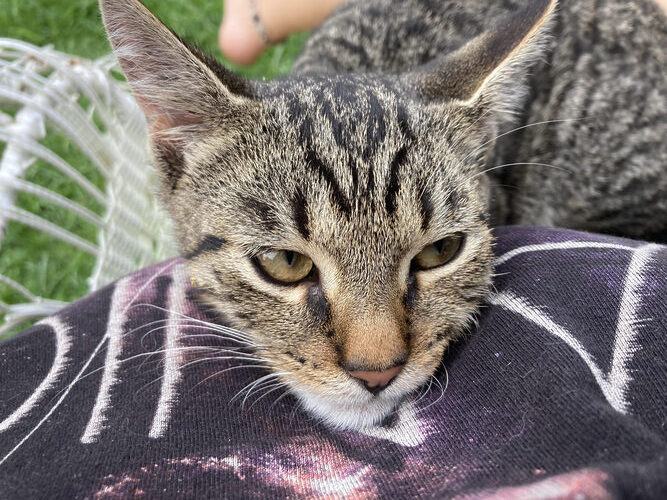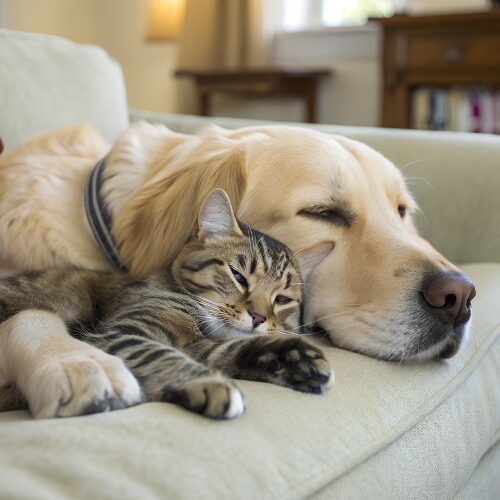If you’ve ever walked past a pasture or visited a barn and found yourself wondering about the horse’s care, you’re not alone. Items such as boots and blankets serve a purpose, and often, it’s all about keeping our equine friends healthy and comfortable.
Are you stopping them from biting?
Grazing Muzzle:
Grazing muzzles limit how much grass a horse can eat, which is especially important for horses prone to obesity or conditions like laminitis, a painful and sometimes debilitating hoof issue caused by excessive sugar intake.
Some recent examples from Lollypop Farm:
- Sassy wears a grazing muzzle to prevent weight gain and foot issues.
- Karl, even at a healthy weight, needed one due to his sensitivity to sugars found in grass.
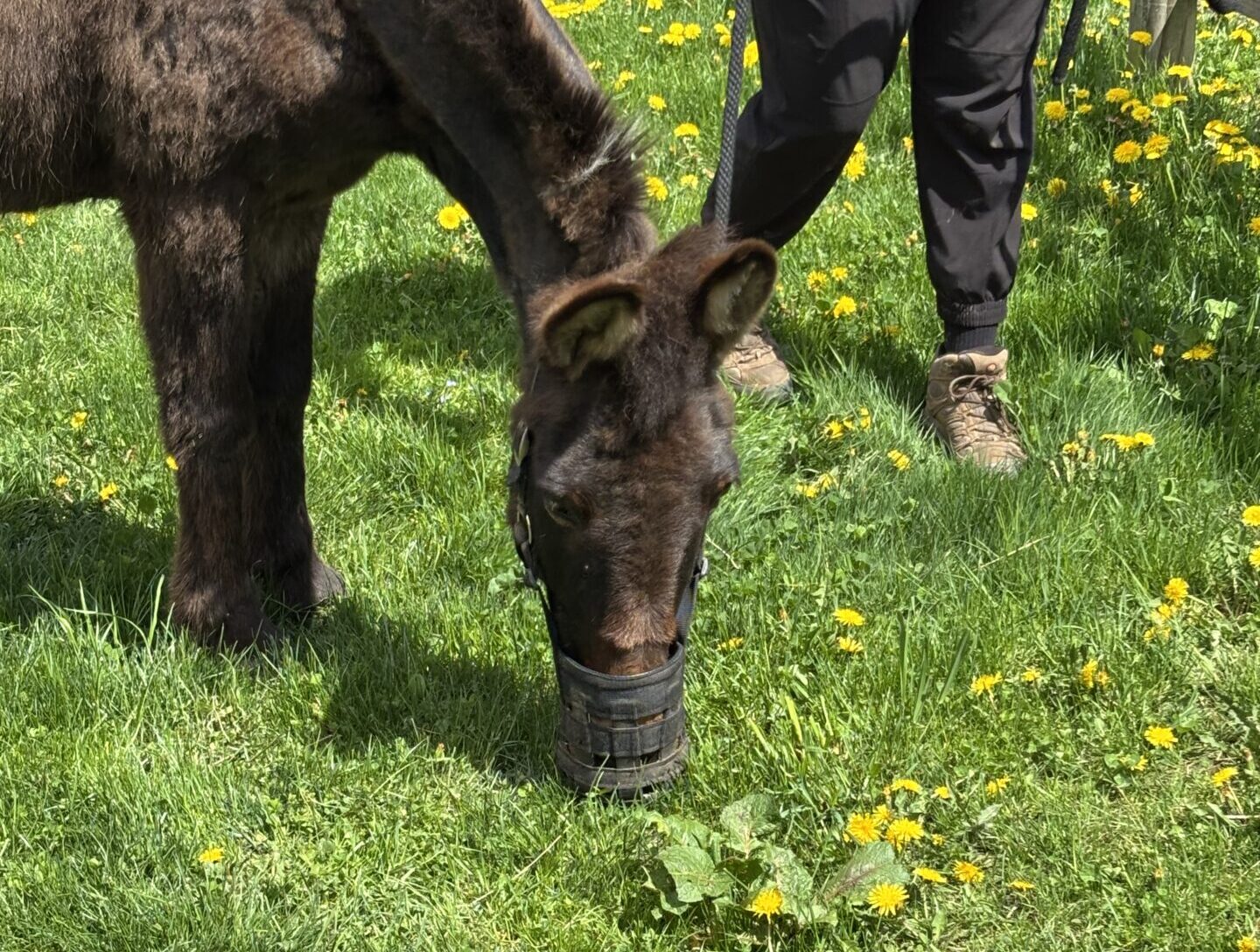
While it may seem counterintuitive to restrict a horse’s grazing, it can be crucial in managing their nutritional intake and long-term health.
Are they blindfolded?
Fly Masks: Fly masks are made of fine mesh and allow horses to see, much like we can see through sunglasses. Fly masks look slightly like a blindfold from farther away, but don’t worry, they can see just fine!
These masks protect horses from flies and other biting insects that can irritate their eyes and ears. It’s more than just comfort — constant movement to fend off pests burns energy and can even lead to weight loss. Think of it as a wearable bug repellent!
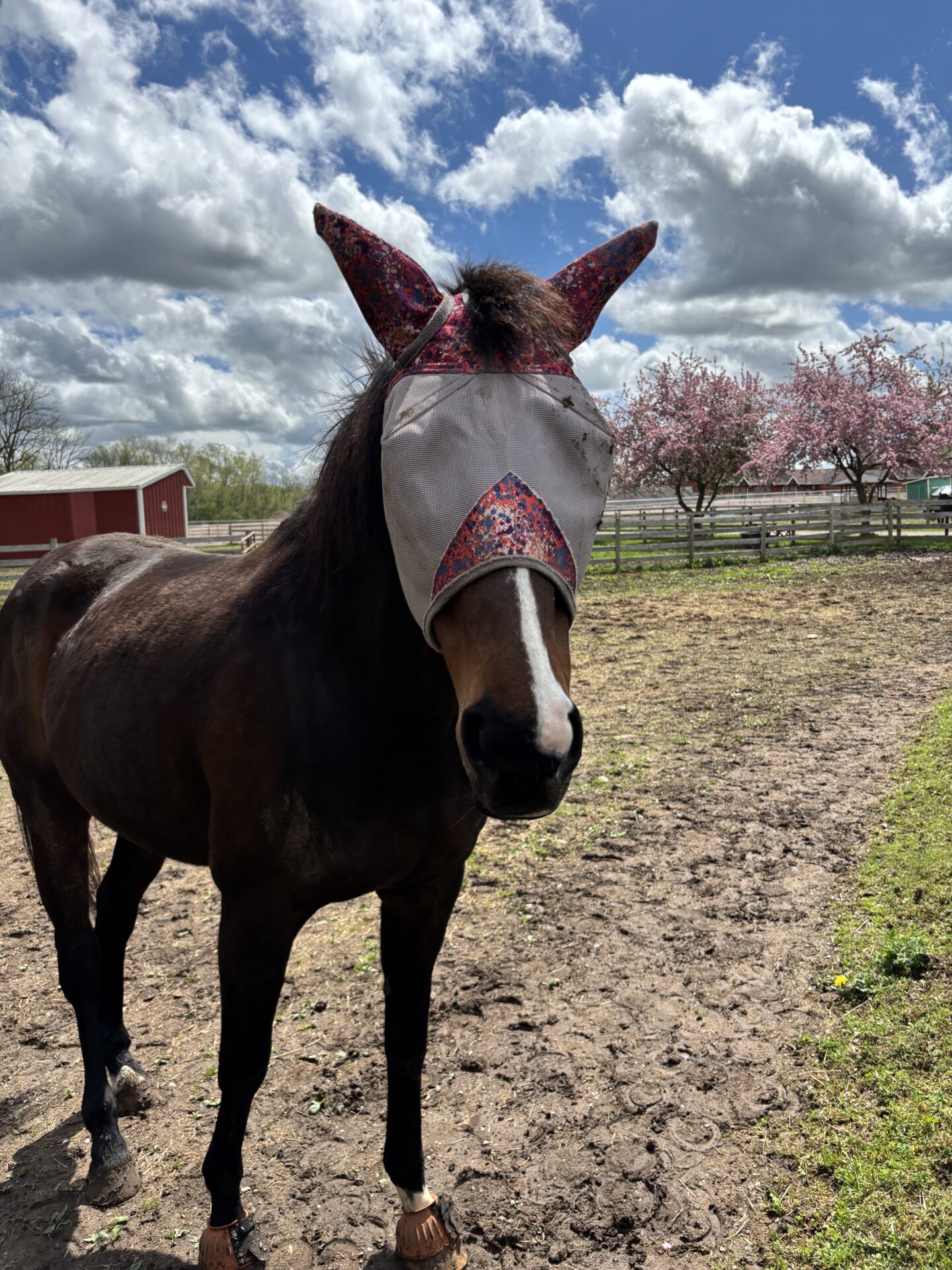
What’s on their legs?
If you spot gear around a horse’s legs or hooves, here’s what you’re probably looking at:
- Bell Boots: These go around the horse’s hooves and protect the front shoes from being pulled off by the back feet.
- Fly Boots: Made from breathable mesh, these protect the horse’s lower legs from flies, similar to how fly masks work for the face.
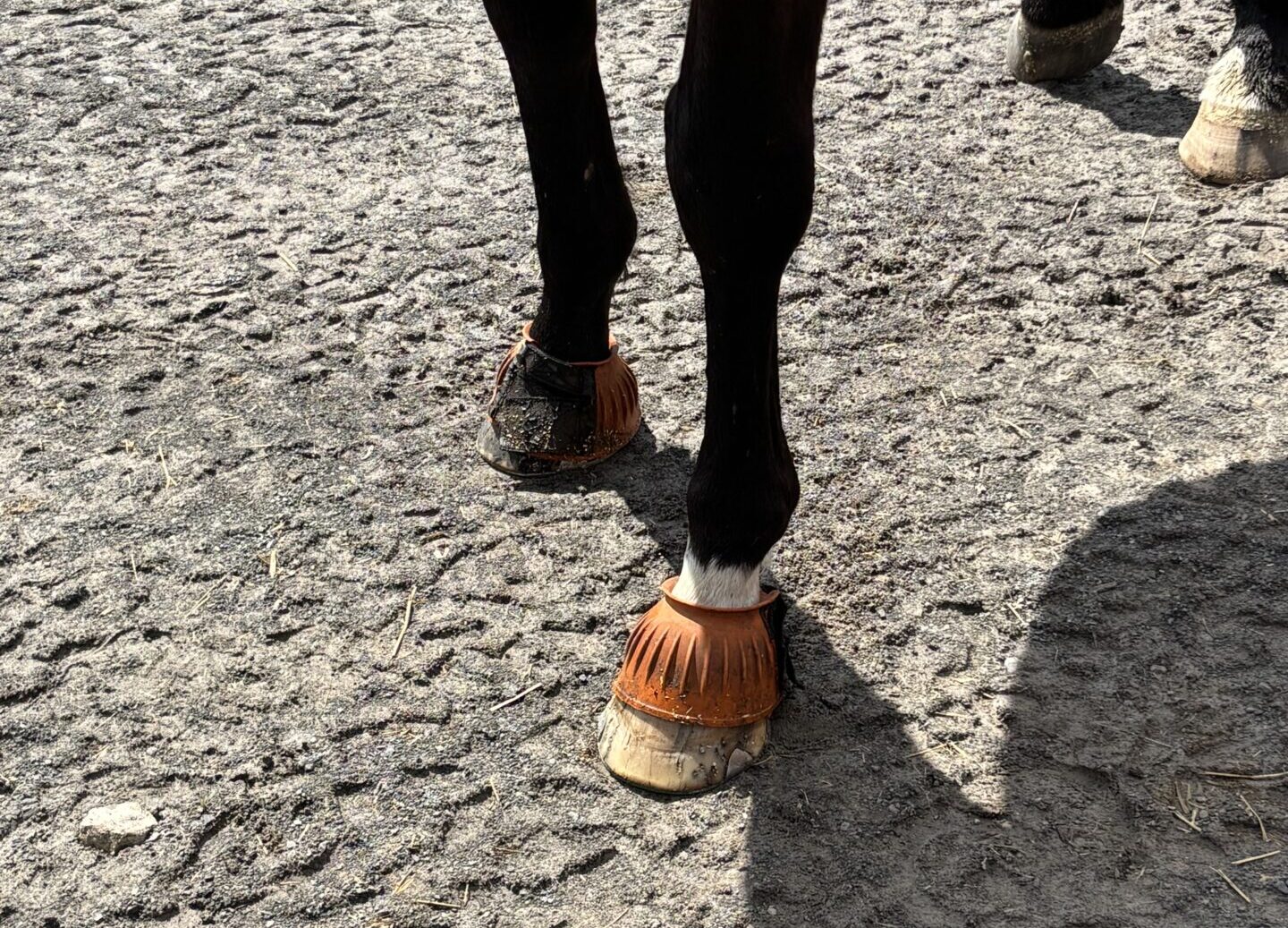
Seasonal Care: What Changes?
Just like we change our routines with the seasons, so do horses — with a little help from us.
Summer:
- Fly masks, fly boots, and sometimes fly sheets
- Sunscreen for light-skinned horses – especially on areas like their nose, which have less hair
- Baths and occasional use of human-safe shampoo
Winter:
- Blankets to stay warm
- Water de-icers to prevent troughs from freezing
- Keeping an eye on pastures to avoid slips and falls if they get icy
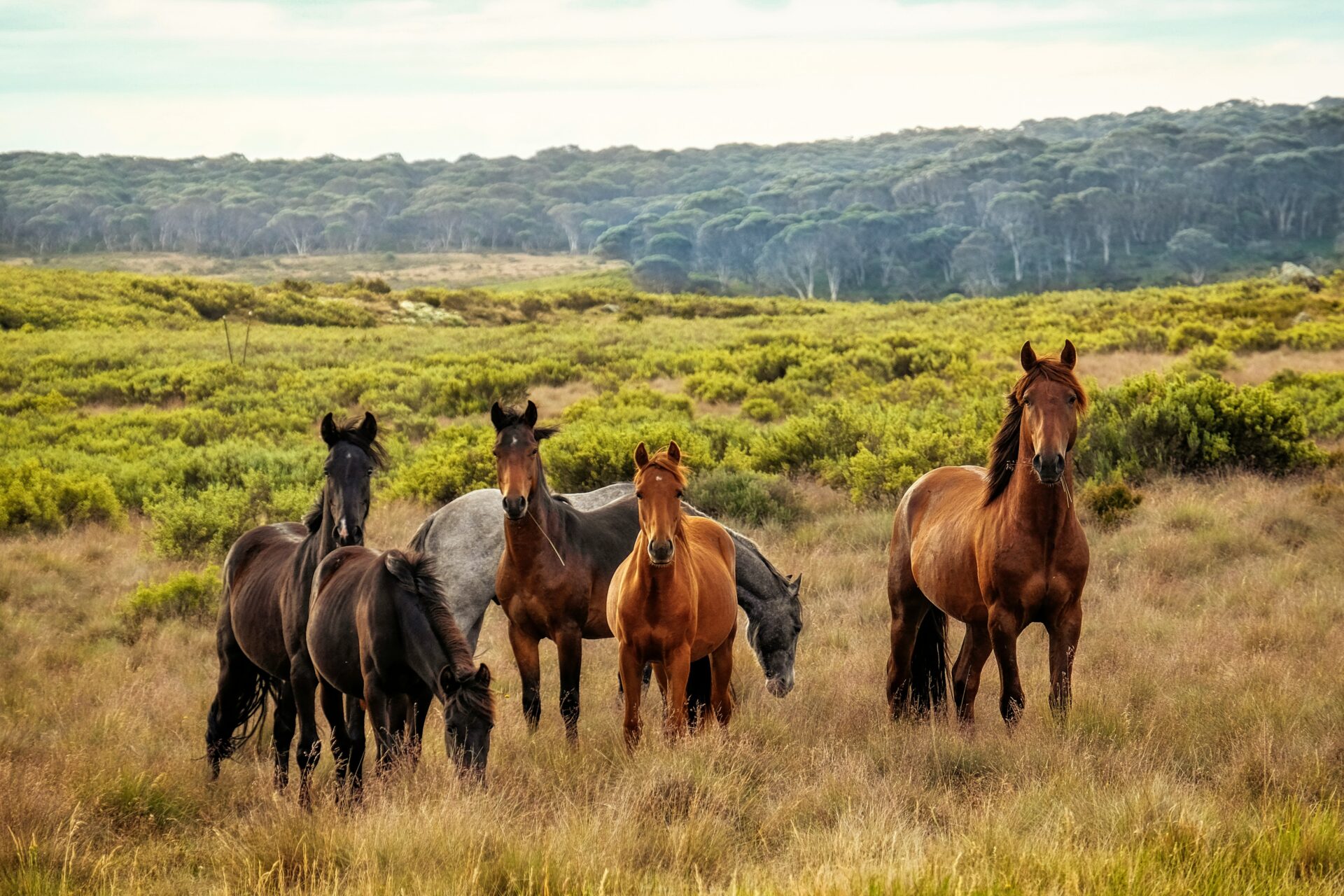
But Wait — How Did Horses Survive in the Wild?!
Great question! Wild horses still exist, and they manage quite well, but they live very differently from domesticated horses.
- Wild horses often have shorter lifespans and face harsher conditions.
- Their constant roaming naturally wears down their hooves, so they don’t need farriers.
- They can seek shelter independently under tree cover, avoiding many of the mud and moisture-related skin issues that confined pastures create.
Domesticated horses live in human-made environments with richer grass, smaller spaces, and more exposure to pests and moisture. Much of the gear and care they receive compensates for those conditions.
So next time you see a horse with what looks like a mask, muzzle, or leg warmers, you’ll know they’re not fashion statements or punishments. They’re carefully chosen tools to keep horses happy, healthy, and thriving.

